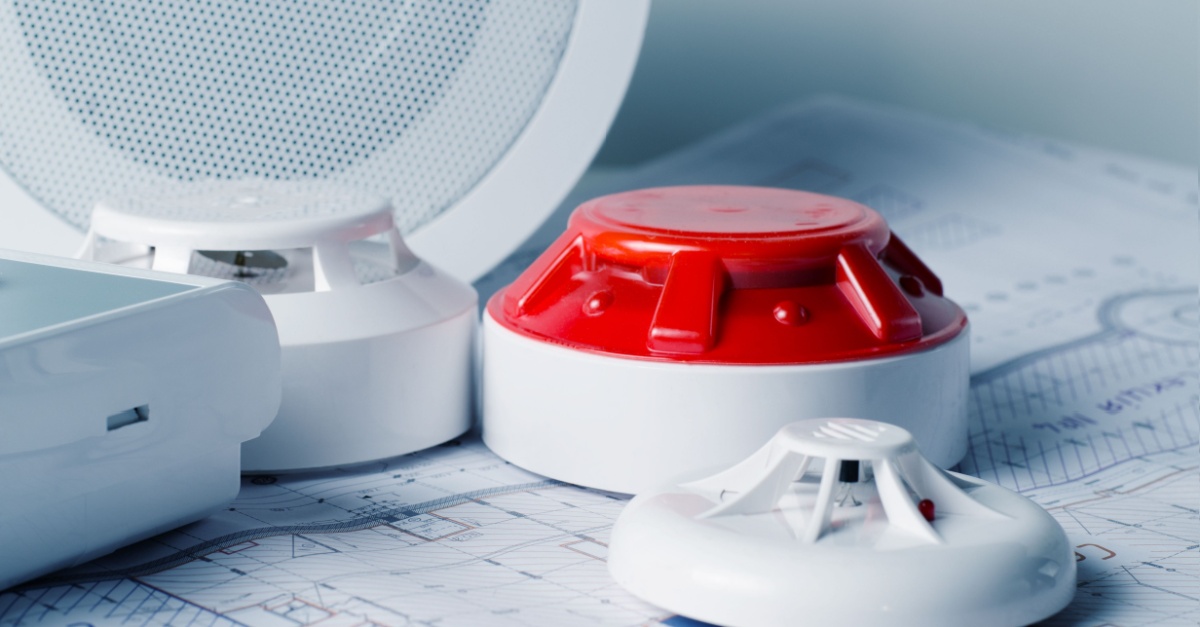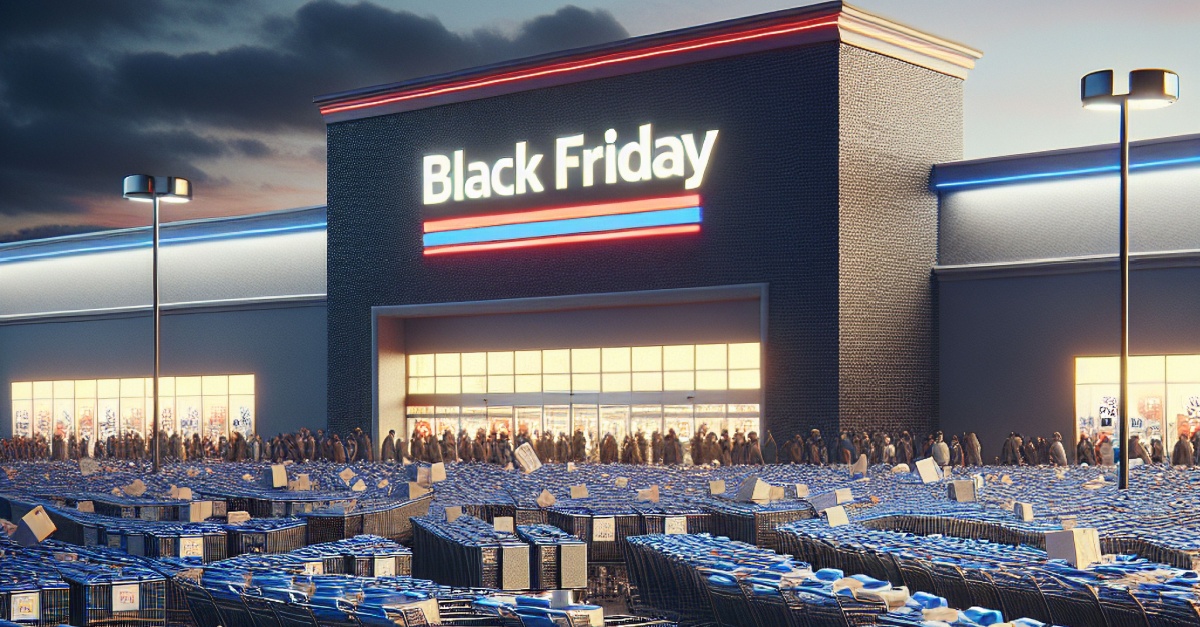
From Fire Alarms to Fixtures: Why Facility Maintenance Needs to Be Proactive, Not Just Reactive
July 21, 2025
Your fire alarm panel starts beeping at 6 a.m. on a Tuesday. By noon, you’re coordinating with three different vendors while your building manager fields angry calls from tenants. Sound familiar?
Most facility maintenance happens after something breaks. We call it “reactive maintenance,” aka an overpriced fiasco. Equipment fails, operations stop, and suddenly you’re managing a crisis instead of your job.
Proactive facility maintenance flips this. Instead of waiting for that fire alarm to malfunction or the HVAC to die during a heat wave, you catch problems early. Your maintenance becomes predictable, your budgets make sense, and your phone stops ringing with emergencies.
For facilities leaders managing multiple sites — retail, healthcare, banks, whatever — this shift changes everything. Here’s why.
Reason #1: Because $260,000 Per Hour Hurts
Look, we all know what happens when your HVAC dies on the hottest day of the year. Or when that “minor” electrical issue you’ve been putting off finally takes out half your building’s power. You’re not just fixing equipment — you’re bleeding money.
Unplanned downtime costs companies an average of $260,000 per hour. Per hour. That’s not a typo.
Meanwhile, your competition down the street with its boring, scheduled maintenance routine is still open, still making money, and the facility manager is probably having a typical Tuesday, sipping a latte instead of managing a crisis.
The math is simple: Fixing problems before they become emergencies eliminates up to 75% of equipment failures. Companies using predictive maintenance see 45% less unplanned downtime.
Your choice: Spend money on scheduled maintenance, or spend way more money on emergency repairs while your operations shut down.
Reason #2: Lower Total Maintenance Costs and TCO
So you’ve chosen scheduled maintenance over emergency repairs. Smart. But here’s the kicker — most facility managers still think preventive maintenance costs more money.
Skipping that routine service to make this quarter’s budget look good? You just turned a $500 fix into a $5,000 emergency. Every maintenance dollar you push off becomes $4 in crisis costs later.
Companies that keep playing reactive whack-a-mole end up spending 12-18% more on facility maintenance. The guy with the boring maintenance schedule? He’s cutting costs by 30% while you’re explaining to finance why you blew the budget again.
And if you’re managing multiple sites, consolidating vendors and standardizing processes drops your total costs another 10-20%: one partner, one process, one much smaller headache.
Ultimately, those “savings” from skipping maintenance are just bigger bills in disguise.
Reason #3: Your Equipment Doesn’t Have to Die Young
Most facility managers think equipment just dies when it dies. Wrong again. With proper facility maintenance, that HVAC unit you’re expecting to replace in eight years? It’ll run reliably for 10-12 years instead. Your lighting systems, plumbing, electrical — everything lasts 20-40% longer when you actually take care of it.
Here’s another thing that’ll blow your mind: Only 10% of equipment failures happen because stuff gets old. The other 90% fail because of preventable issues. A loose bolt here, a frayed belt there, a clogged filter nobody changed. Small problems that turn into equipment-killing disasters.
But with scheduled maintenance, you catch that loose bolt before it shakes everything apart. You replace that belt before it snaps and destroys the motor. You change filters before they clog and burn out compressors.
Your equipment wants to last longer. You just have to let it.
Reason #4: Some Equipment Failures Can Kill People
Your equipment lasting longer is excellent for your budget. But there’s another reason those failures matter: Some of them are life-threatening.
Take a fire alarm system you’re hoping lasts another year. If the backup battery is dead or the sensors are clogged with dust, it won’t work when someone’s life depends on it. The same goes for emergency lighting, sprinklers, and smoke detectors. These aren’t “fix when convenient” items.
Then there’s the everyday safety stuff. Leaky plumbing creates slip hazards. Burned-out lights leave dark stairwells. In restaurants, a neglected grease trap overflows and contaminates the kitchen — suddenly, you’re explaining food poisoning to the health department.
For regulated facilities like healthcare or banking, this gets even messier. OSHA inspections, Joint Commission audits, fire marshal visits — they’re all looking for the same thing: proof you’re maintaining your building properly.
Proactive facility maintenance creates a paper trail that makes inspections easy. Instead of scrambling to fix violations after an auditor finds them, you’re always inspection ready.
The best emergency response is the one you never need.
Reason #5: Your Energy Bills Are Out of Control for a Reason
Speaking of things that need regular attention, your energy costs are probably screaming at you too.
That HVAC system you’re keeping alive with duct tape and prayers? It’s burning way more energy than it should. Those “minor” leaks you keep putting off? They’re quietly running up your water bill every month.
Clean filters, calibrated sensors, and adequately maintained equipment don’t just prevent emergencies — they stop wasting energy. A clogged HVAC filter makes your system work overtime to push air around. Dirty coils make it work even harder.
Facilities with proper maintenance routines cut energy costs by 20% without changing a single light bulb. Well-maintained equipment runs at designed efficiency levels instead of limping along like a broken-down car.
Your utility bills aren’t high because energy is expensive. They’re high because your equipment is working twice as hard to do the same job.
Fix the equipment, fix the bills.
Reason #6: Your Equipment Is Trying to Tell You What’s Wrong
How do you know what needs fixing before it breaks? That’s where proactive facility maintenance gets really smart.
Equipment doesn’t simply break out of the blue. It gives warning signs for weeks: running hotter, vibrating differently, drawing more power. You just couldn’t hear them before. But now modern sensors and IoT devices let your equipment talk to you, whether it’s an HVAC compressor getting ready to fail, a motor with a bad bearing, or your entire building’s humidity spiking abnormally.
Instead of discovering problems when they shut you down, you fix them on your schedule. Companies using predictive maintenance prevent 40% of breakdowns and cut maintenance costs in half.
For multisite operations, though, it gets even better. One dashboard shows you every location, every piece of equipment, and every potential problem brewing. Work orders auto-generate when sensors flag anomalies. Your nearest technician gets dispatched automatically.
Your equipment was always trying to warn you. Now you can finally listen.
Reason #7: Your Customers Notice Everything
Getting on top of equipment malfunctions and maintaining your space is also about avoiding public embarrassment. Because here’s the thing: Facility maintenance failures don’t happen in private. They happen in front of customers.
If your HVAC system is about to fail, it will, and it will die during your busiest hour, leaving customers sweating in your lobby. The plumbing issue you keep ignoring? It will overflow in your restaurant’s bathroom right before the dinner rush.
Murphy’s Law is real in the field.
Seventy percent of shoppers who have a bad experience blame poorly maintained facilities. Restaurant ratings drop almost a full star due to maintenance issues. Bank customers lose trust over something as simple as a flickering light or a broken ATM.
Reactive maintenance turns your location into a ticking time bomb of customer disappointment. And in the age of social media, one broken toilet or leaking ceiling can go viral and damage your brand permanently.
Proactive facility maintenance does the opposite — it makes your building invisible to customers. When everything works smoothly, they focus on buying, dining, or banking instead of wondering why the AC sounds like a dying whale.
There’s a reason why companies with consistently well-maintained facilities see 15% higher sales from better customer retention: Your customers notice everything. Just make sure they notice the right things.
Your Choice: Keep Scrambling or Start Planning
Seven reasons, one conclusion: Reactive facility maintenance is expensive chaos disguised as cost savings. You’re spending more money, replacing equipment too early, dealing with emergencies at the worst times, and watching customers walk away because your building feels broken. Meanwhile, facilities with proactive maintenance schedules are cutting costs, extending equipment life by years, and keeping their doors open when everyone else is scouring for emergency contractors. The choice is simple — keep playing whack-a-mole with your buildings, or start catching problems before they catch you.
BrandPoint Services helps you make that change without the stress of figuring it out on your own. We handle proactive facility maintenance programs for multisite businesses across the country, which means one phone call, email, or message gets you consistent maintenance standards everywhere you operate. Our team uses IoT monitoring to catch problems early and dispatches vetted technicians 24/7 before minor issues become big emergencies. We’ve built efficient routines for everything from fire system inspections to HVAC tune-ups, specifically to control costs while keeping your locations running without a hitch.
So, stop waiting for the next crisis to hit — connect with BrandPoint Services today and turn your facility maintenance from constant firefighting into a competitive advantage.






